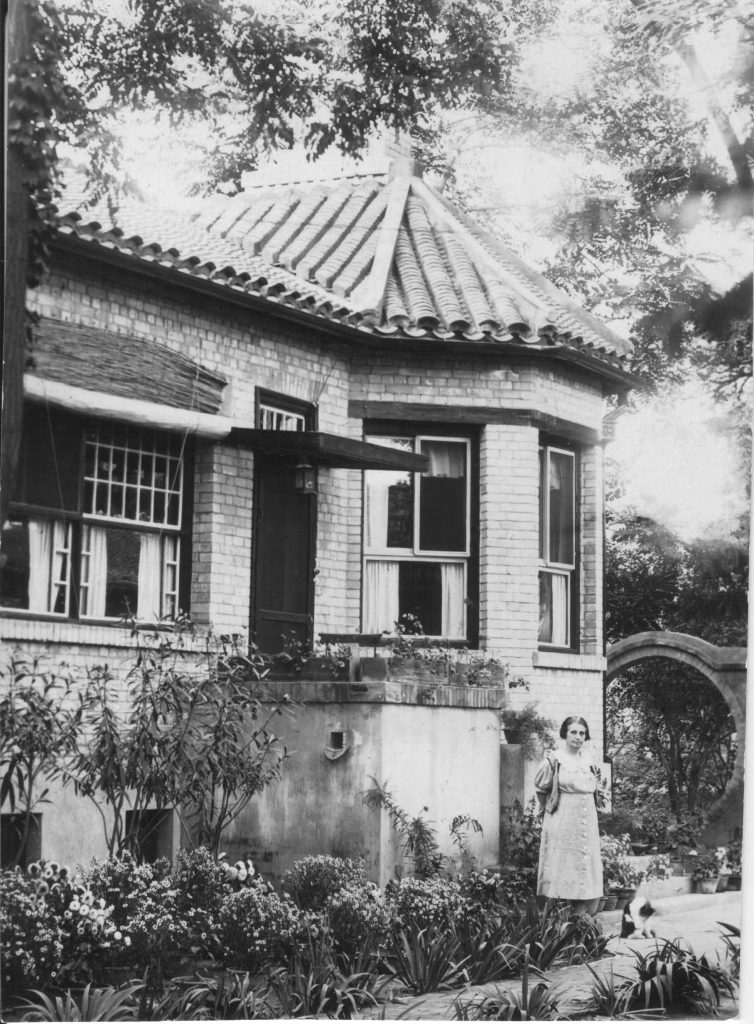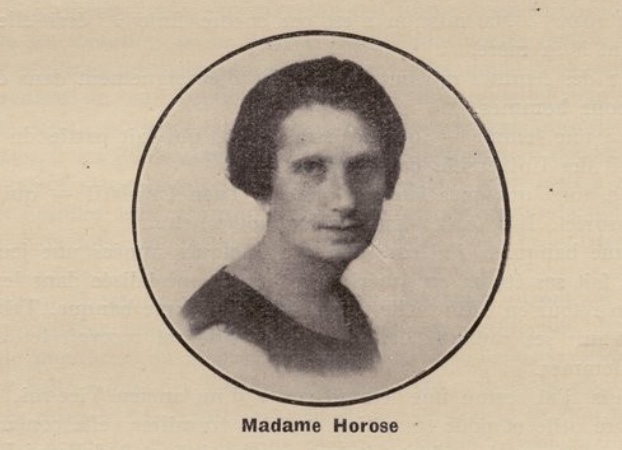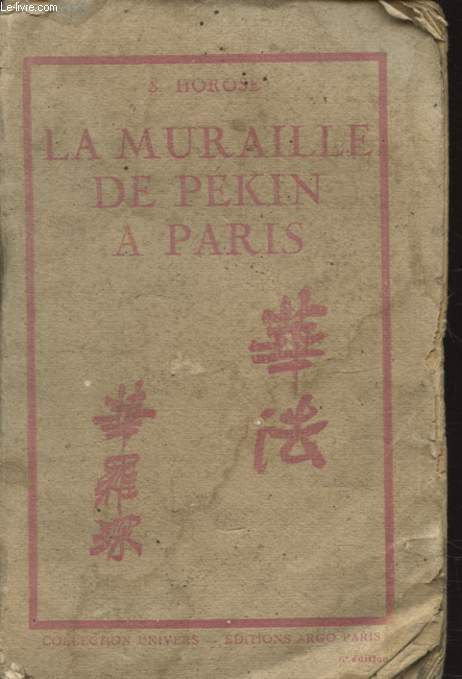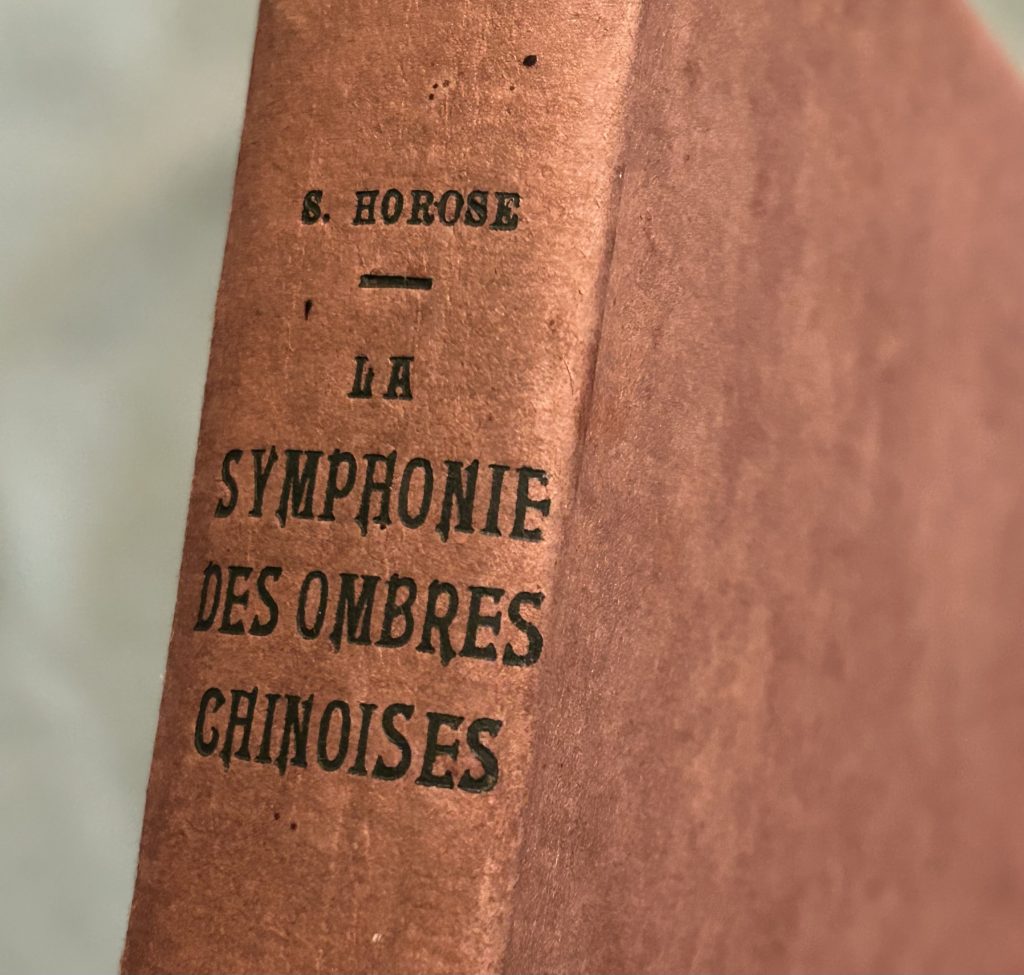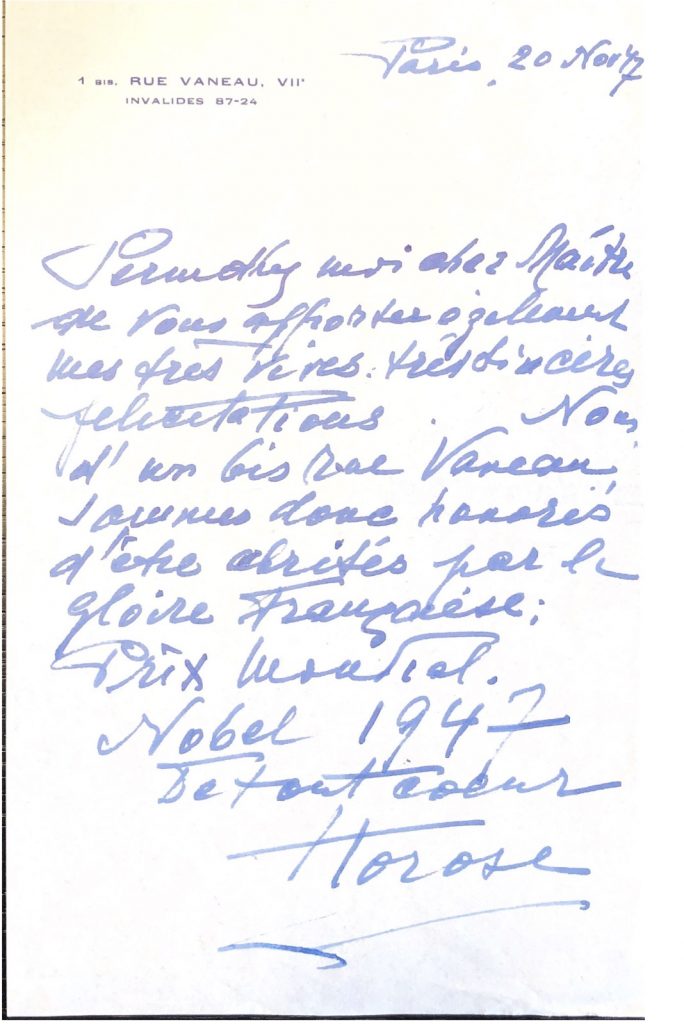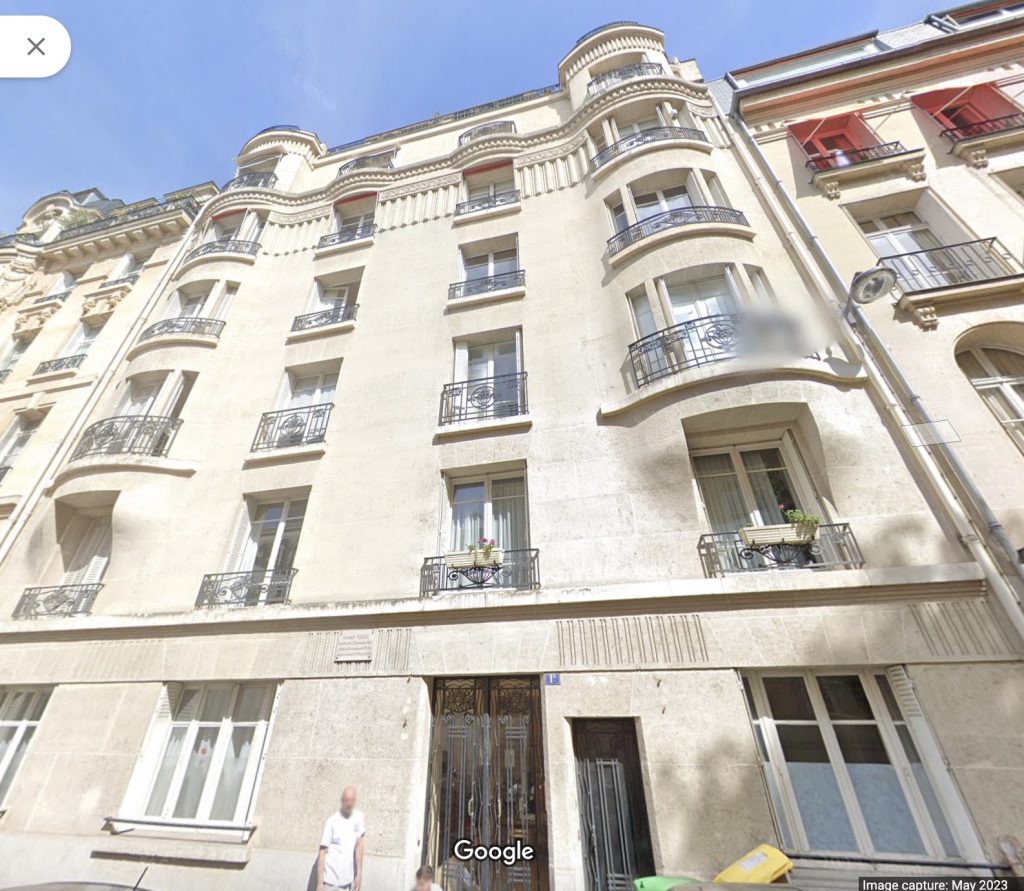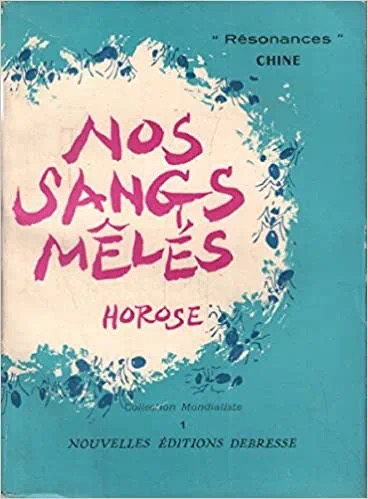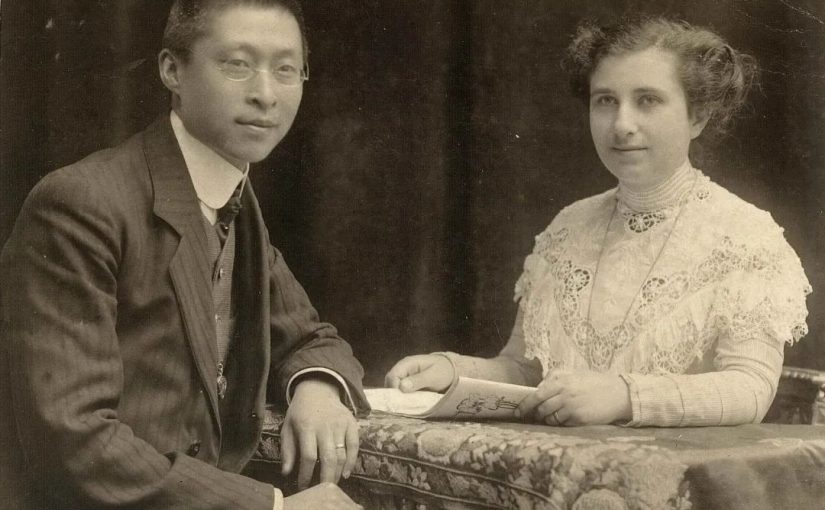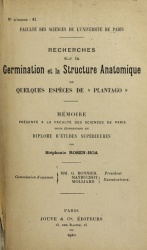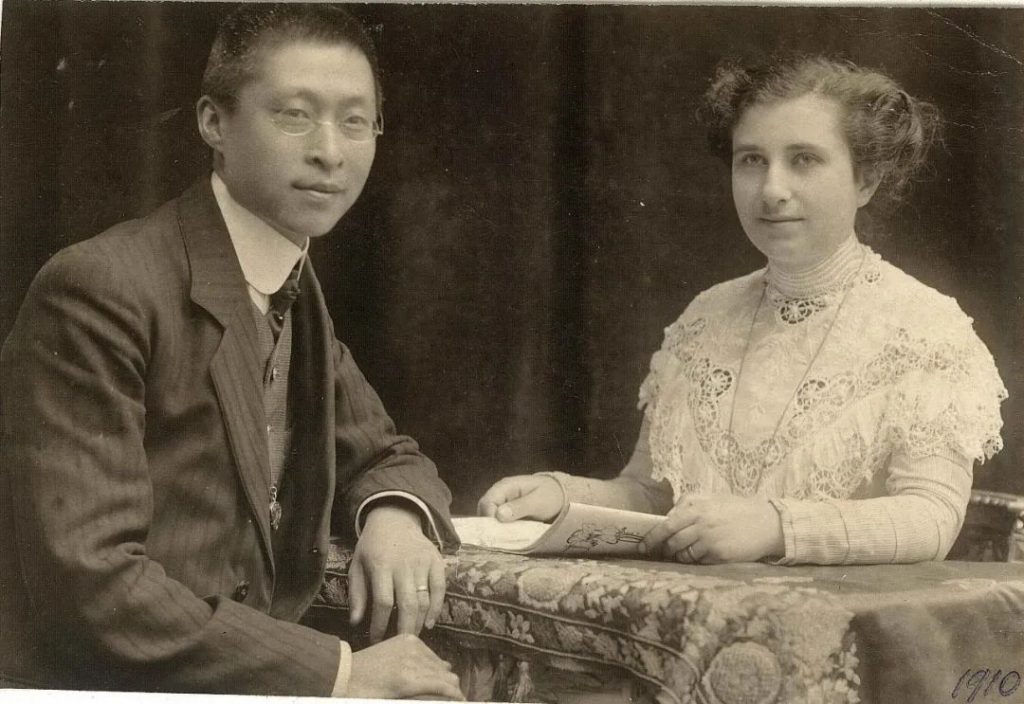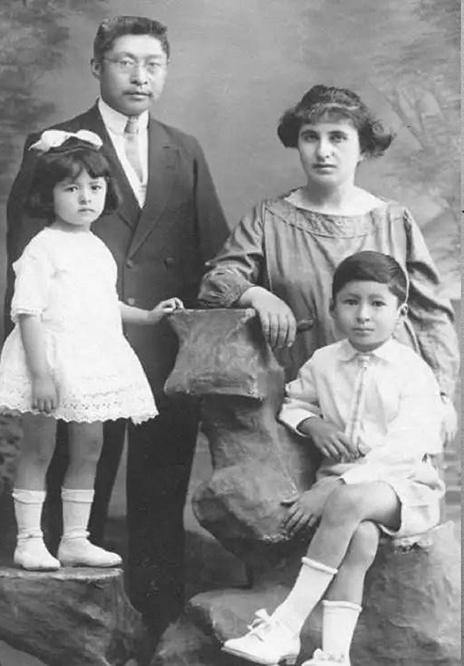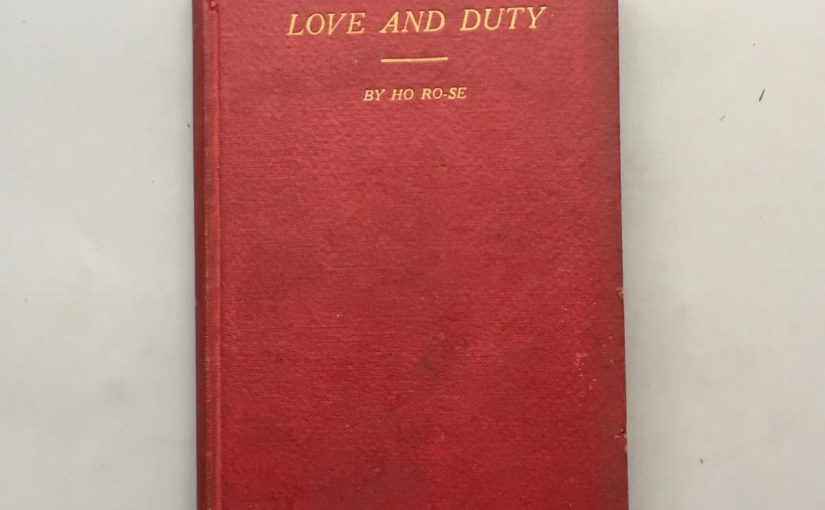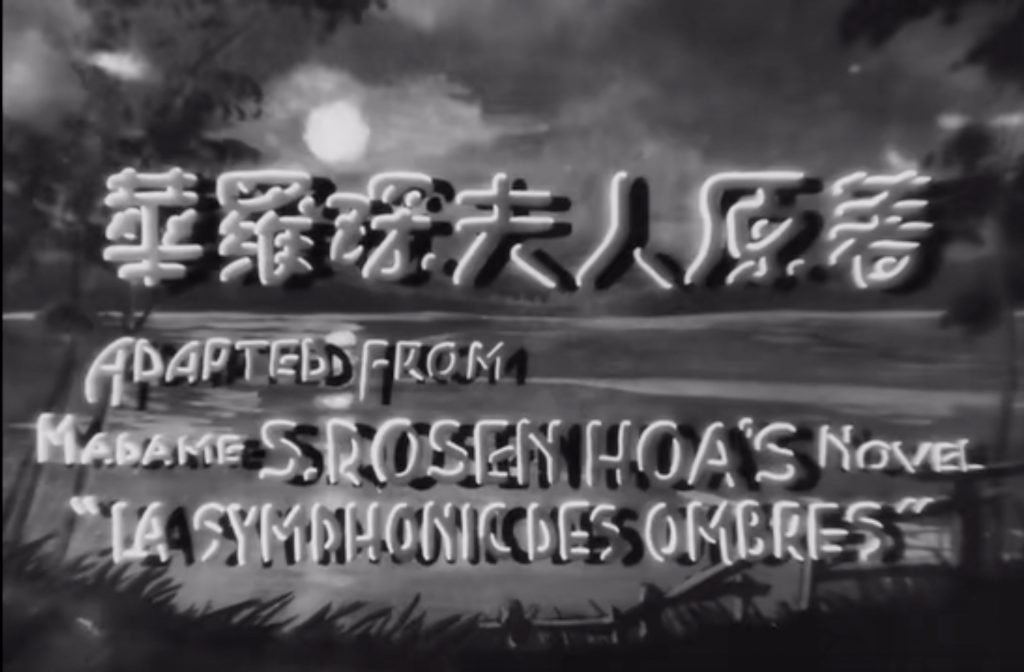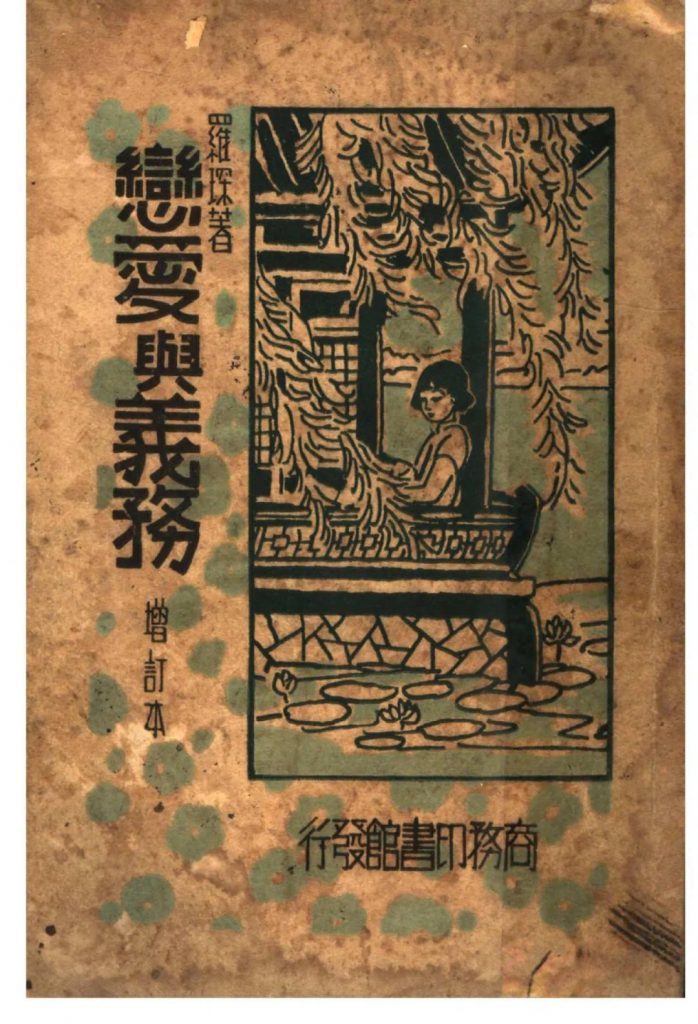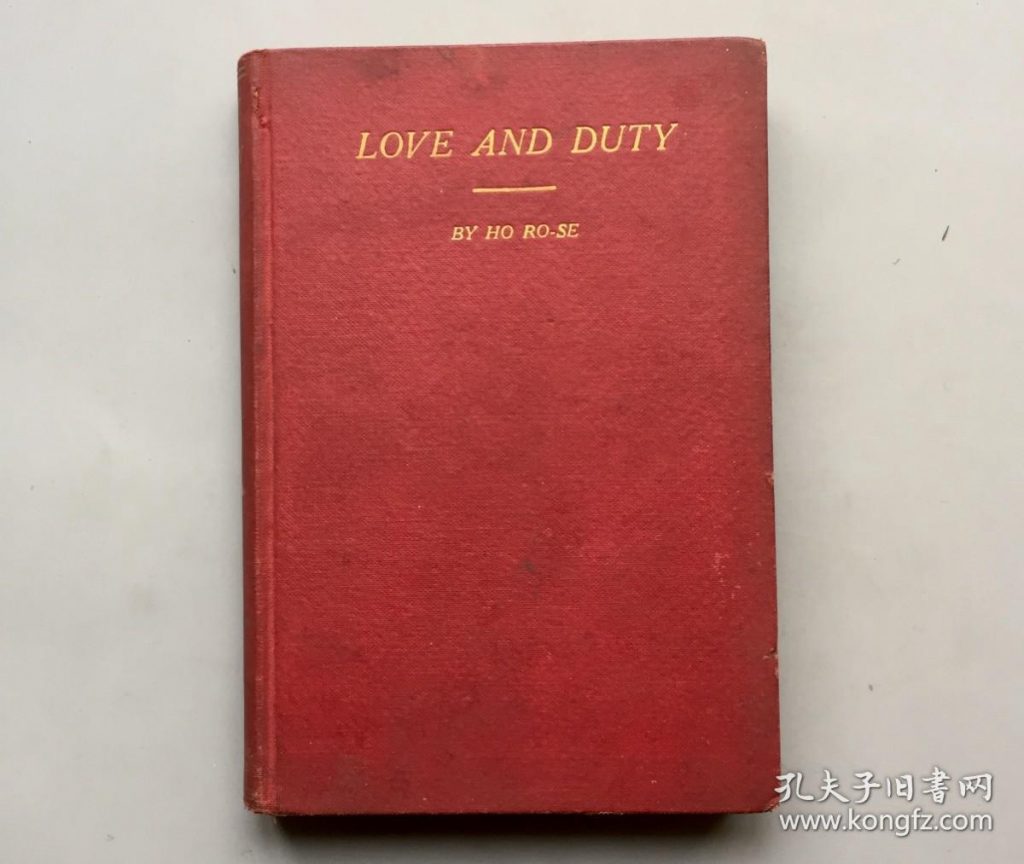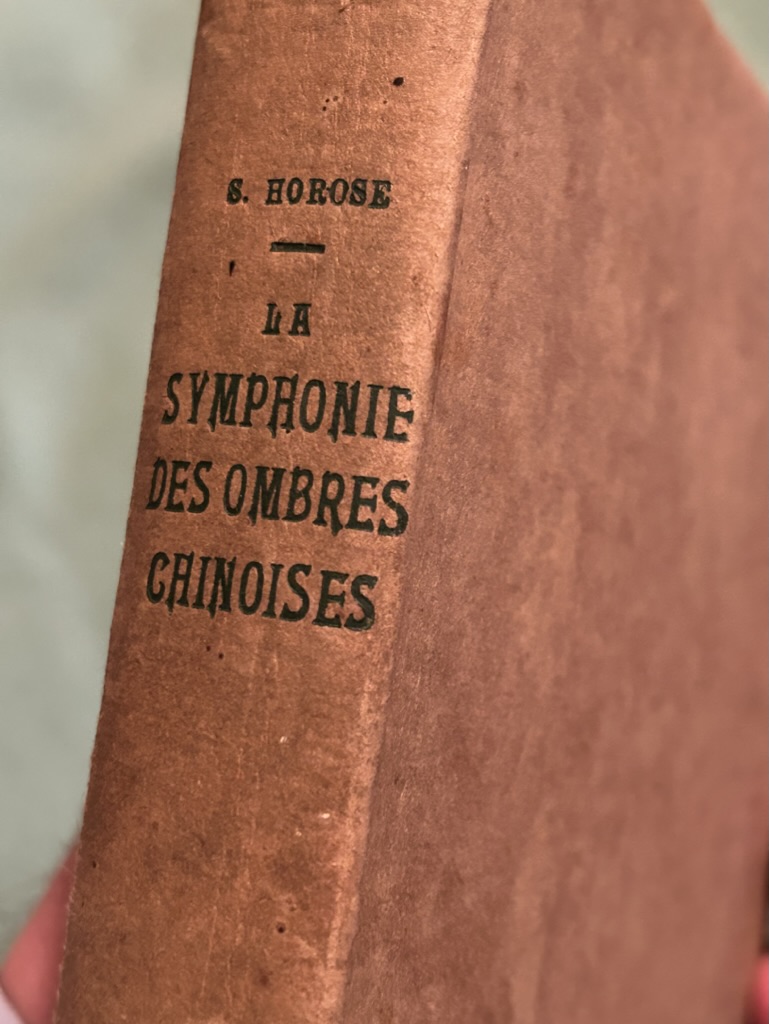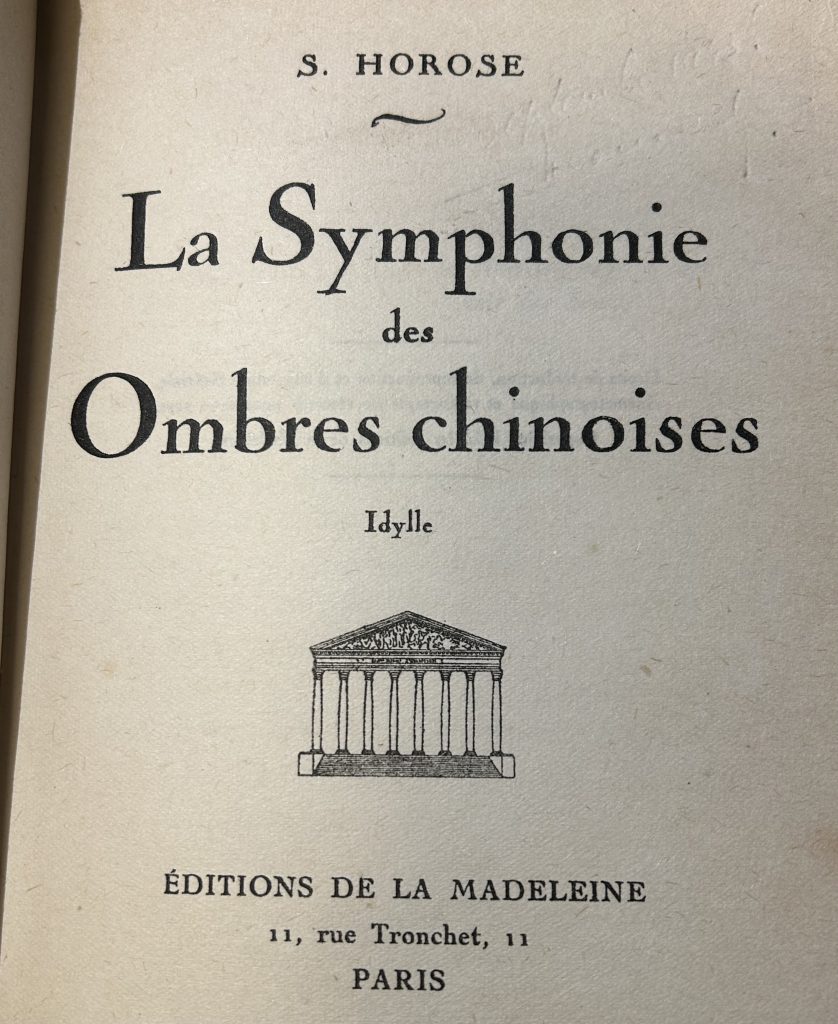The starting point of this thread was silent movie “Love & Duty” with Old Shanghai superstar Ruan Lingyu/ 阮玲玉. It continued with the discovery of the movie original plot was from a book actually written by a Horose i.e. Stéphanie Rosen-Hoa. She was an unusual character, being a Polish lady married with famous Chinese engineer and writer Hua Nangui / 华南圭. The couple met in Paris were both were studying, but the book was written while the couple lived in Beijing in the 1920s. Then fate put me in touch with their grand daughter (Catherine Hoa / 华新民) who still lives in Beijing.

Catherine Hoa / 华新民 was born in Beijing in 1954. Her father was Léon Hoa / 华揽洪 (1912 – 2012) who was the son of Stéphanie Rosen-Hoa and Hua Nangui / 华南圭. Léon Hoa was a French-Chinese architect who was educated in France and had a successful architecture career in France in the 1930s and 40s, then in China in the 1950s. Horose’s book “Love and duty” is dedicated to him. Catherine Hoa / 华新民 ‘s mother was Irene a French lady. The couple got married in France in the 1930s. In 1951, they decided to come back to China together to help build the new People’s Republic. They lived in the family house in Beijing that was built in 1914 by Hua Nangui / 华南圭. This is also where Catherine Hot / 华新民 grew up.
Catherine speaks perfect French as she grew up in a French family in China. “My siblings were born in France, they always felt more French. I was born in China and I feel more Chinese.” she said during our conversation. “Life in Beijing was sometimes difficult as I have blue eyes and I stood out among other Chinese people then. It’s only when I went to France that I could find real anonymity.” The family went through a lot of trouble in the 1950s and 1960s during political trouble that were targeting intellectuals. Catherine Hoa / Hua Xinmin only went first to France in 1961 when she took a trip to France with her mother and sister. The whole family moved back to France in 1976, taking the trans Siberian train through USSR.
Talking with her, I could get a lot more personal information on her grand-parents. “My grand mother and grand father spoke French together since they met in Paris. Horose spoke French and English so she wrote the English and French version of Love & Duty and other books. Her work was translated by my grand father and other people.” The tradition continued as Catherine’s mother spoke no Chinese before coming to China. “I was always called Catherine in the family, never by my Chinese name”.
My grand-mother was friend with many interesting people including André Gide who was her neighbor in France. She also befriended Alexandra David-Néel, the first foreign lady to enter Lhassa, who stayed with her in Beijing (probably in her 1937 trip to China). Moving from France to China in the 1910s was very tough. Fortunately, my grand father had an important job in Beijing, so they never had to live together with his family. At that time, China was very traditional, this would have been a great shock for her.
“My Grand-father is quite well known in China.” She actually published a collection of Hua Nangui writings a few years ago in China. “I have been searching for my Grand Mother story, but we don’t have much information about her time in Poland or how and why she came to Paris. We only know that she had several sisters and one of them moved to Israel after she returned in 1946.” She has very strong willpower and a close very link with my father Leon. She left China in 1939, and only came back to spend her last years with him in 1966. At that time, her beloved husband was already buried in Beijing. They could never meet again after he returned to China in the late 1940s.” Stéphanie Rosen-Hoa passed away in 1970. She is also buried in Beijing.
For more information about Stéphanie Rosen-Hoa and her books, please go to original post “The Story of Horose or S. Rosen-Hoa“.
